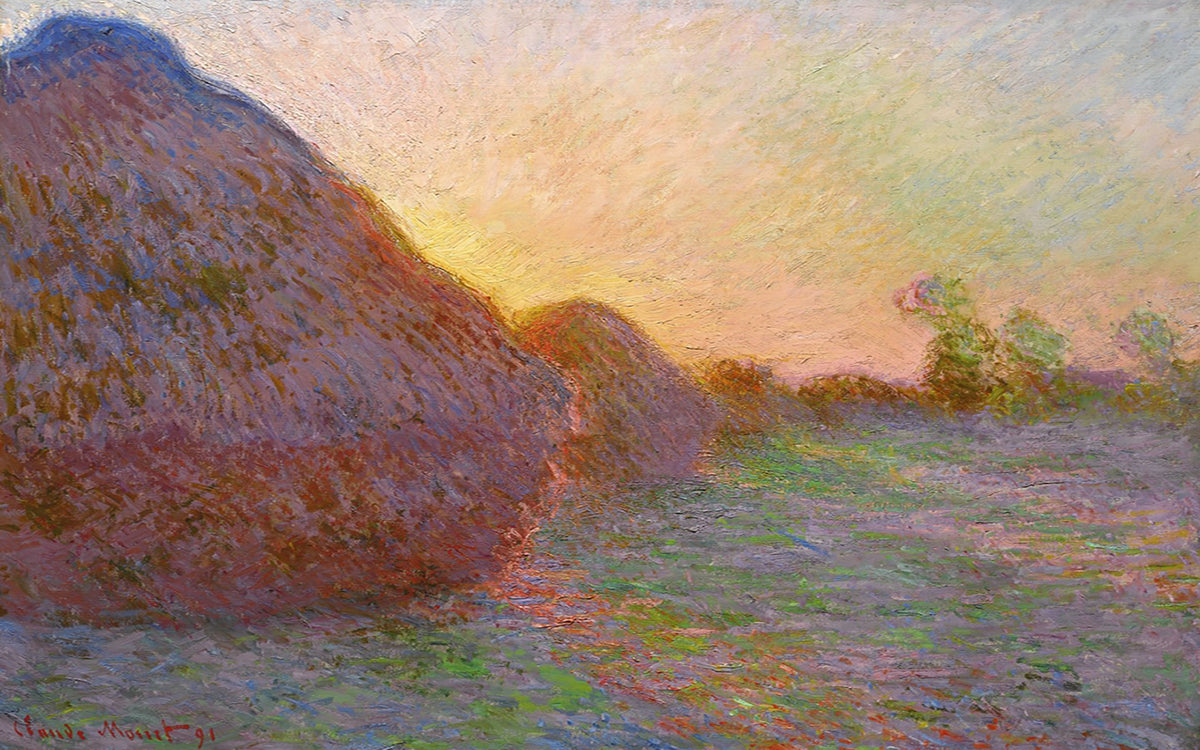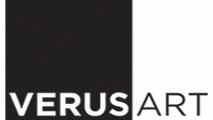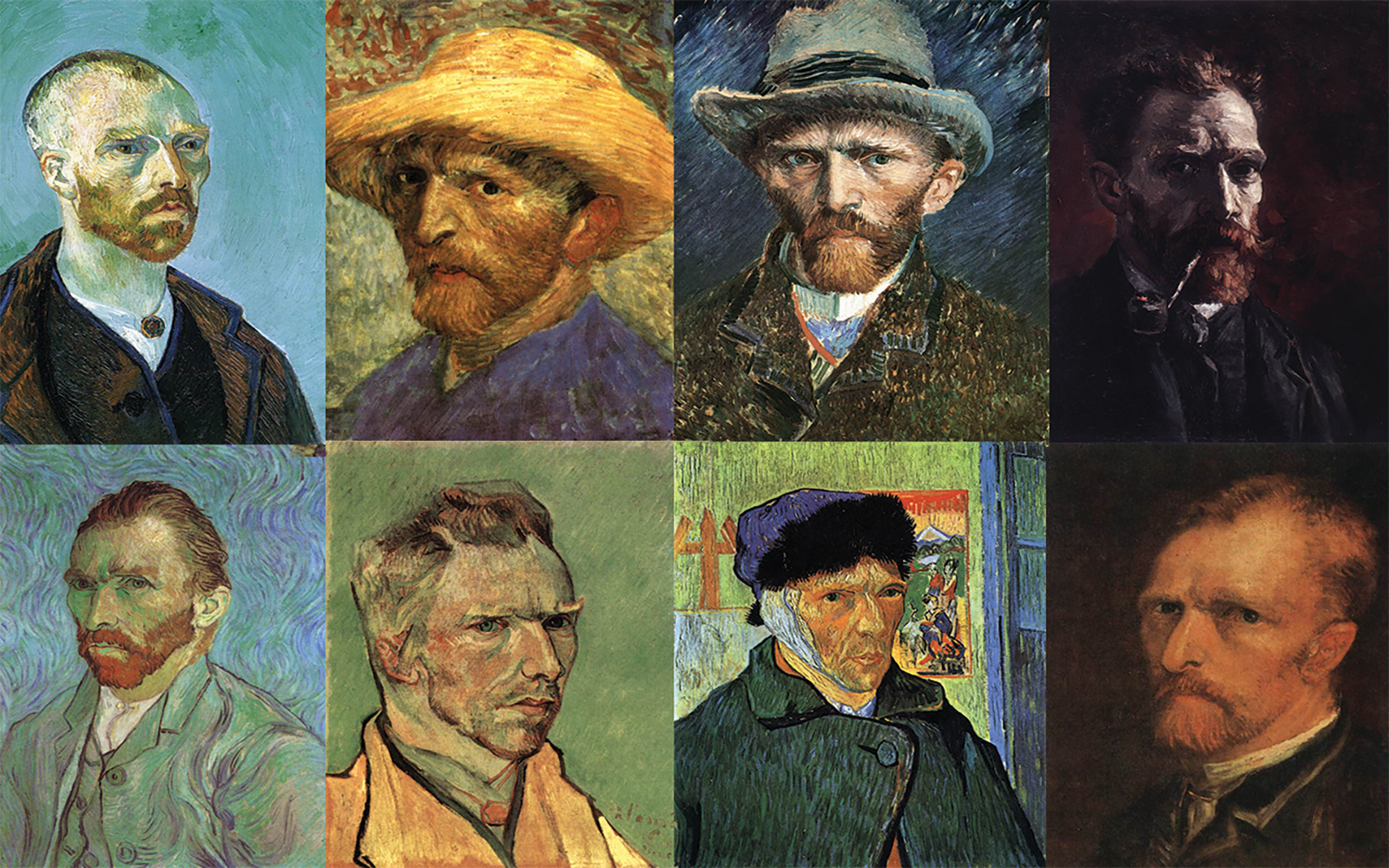
The Original ‘Self-Portrait’ King – 10 Paintings To See Van Gogh Through His Own Eyes
Reddish hair, bandaged ear and intense gaze, Vincent van Gogh has always been one of the most recognizable artists around the world. Art lovers are undoubtedly quick to note his iconic features from his famous self-portraits. Throughout his life, Van Gogh has painted 36 self-portraits, each with a slightly different style, representing the painter’s evolutionary path in his art career. Like for many artists, self-portraits are an exploration of Van Gogh’s change in personality, mind-set, and style of painting.
In, chronological order, here are 10 of the most significant self-portraits from different time periods in Van Gogh’s life. The paintings are also housed by various museums around the world, perfect to add to your Van Gogh travel checklist!
1. Self-Portrait with Pipe | Spring 1886, Paris

Source: Web Gallery of Art
Rijksmuseum Vincent van Gogh, Amsterdam
The Rijksmuseum is located at the Museum Square in Amsterdam, very close to the Van Gogh Museum! The Rijksmuseum is a national museum dedicated to history and arts in Amsterdam.
2. Self-Portrait | Autumn 1886, Paris
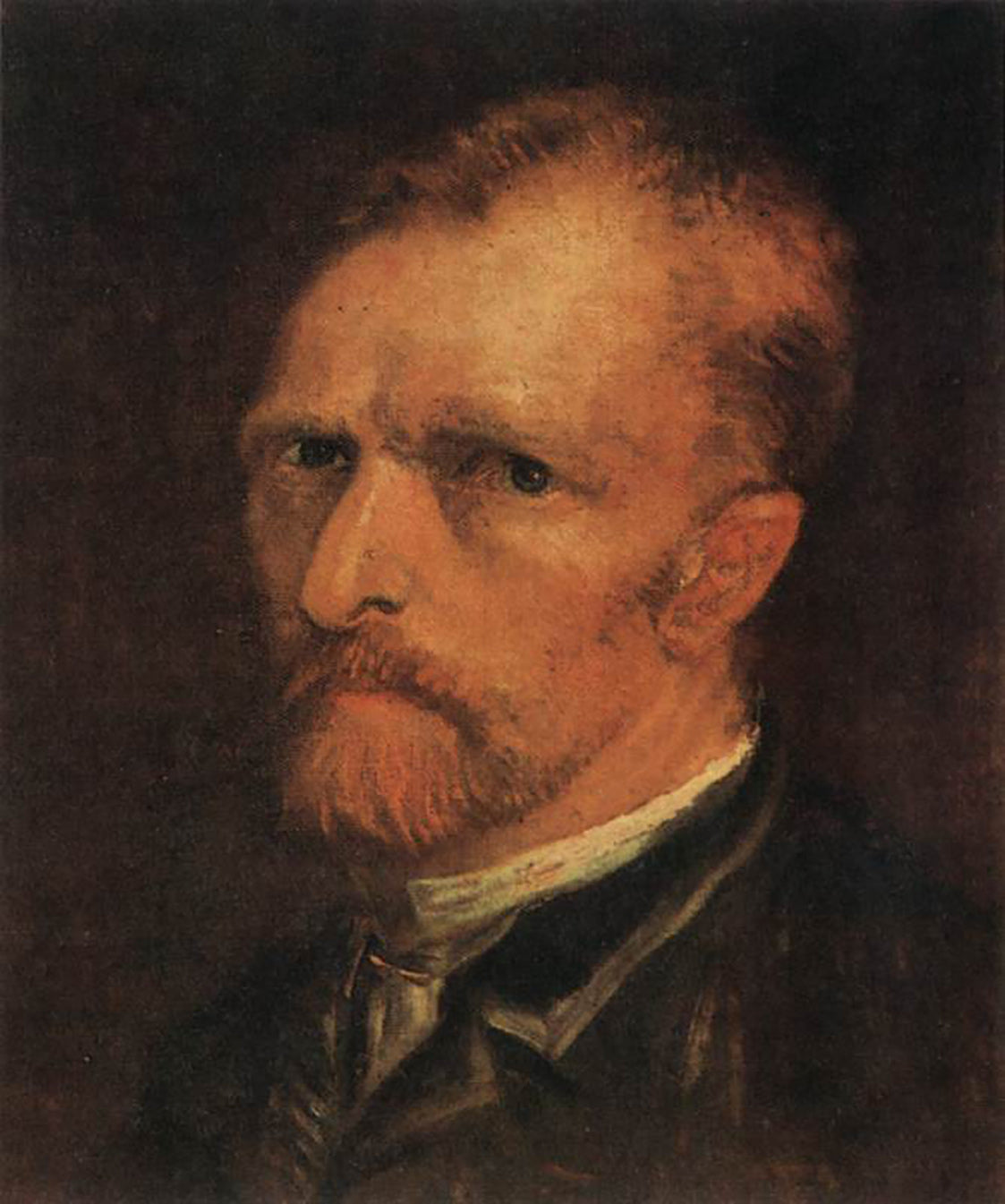
Haags Gemeentemuseum, The Hague
The Gemeentemuseum is best known as a modern palace of the arts in The Hague. You can find the world’s largest Piet Mondrian collection here, as well as art by Monet, Van Gogh, Picasso, and many others!
3. Self-Portrait in a Grey Felt Hat | Winter 1886/87, Paris
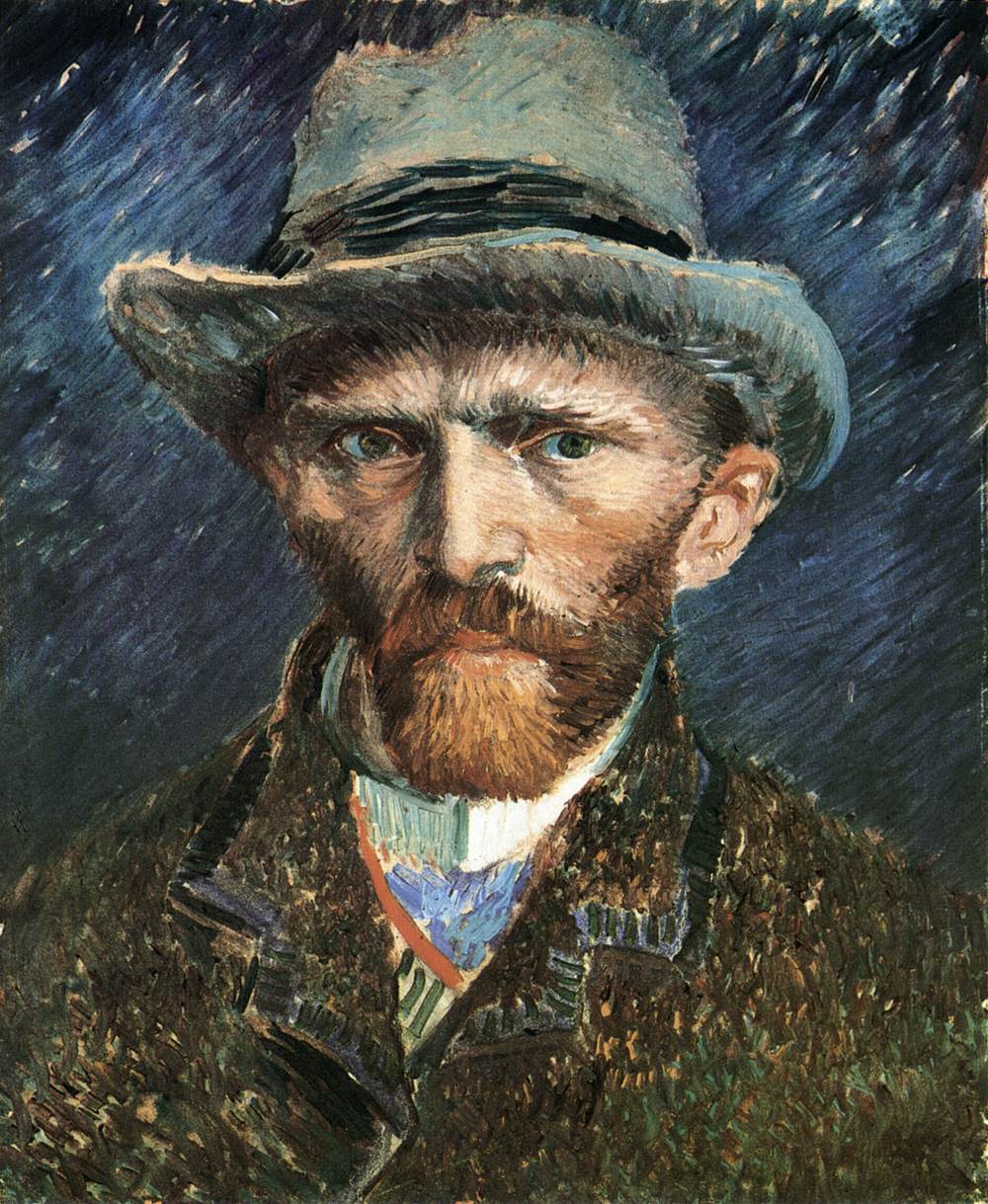
Stedelijk Museum, Amsterdam
The Stedlijk Museum is a museum mainly for contemporary art in Amsterdam, Netherlands. The collection includes art from early 20th century to the 21st century, and features famous artists such as Vincent van Gogh!
5. Self-Portrait with Straw Hat | March-April 1887, Paris
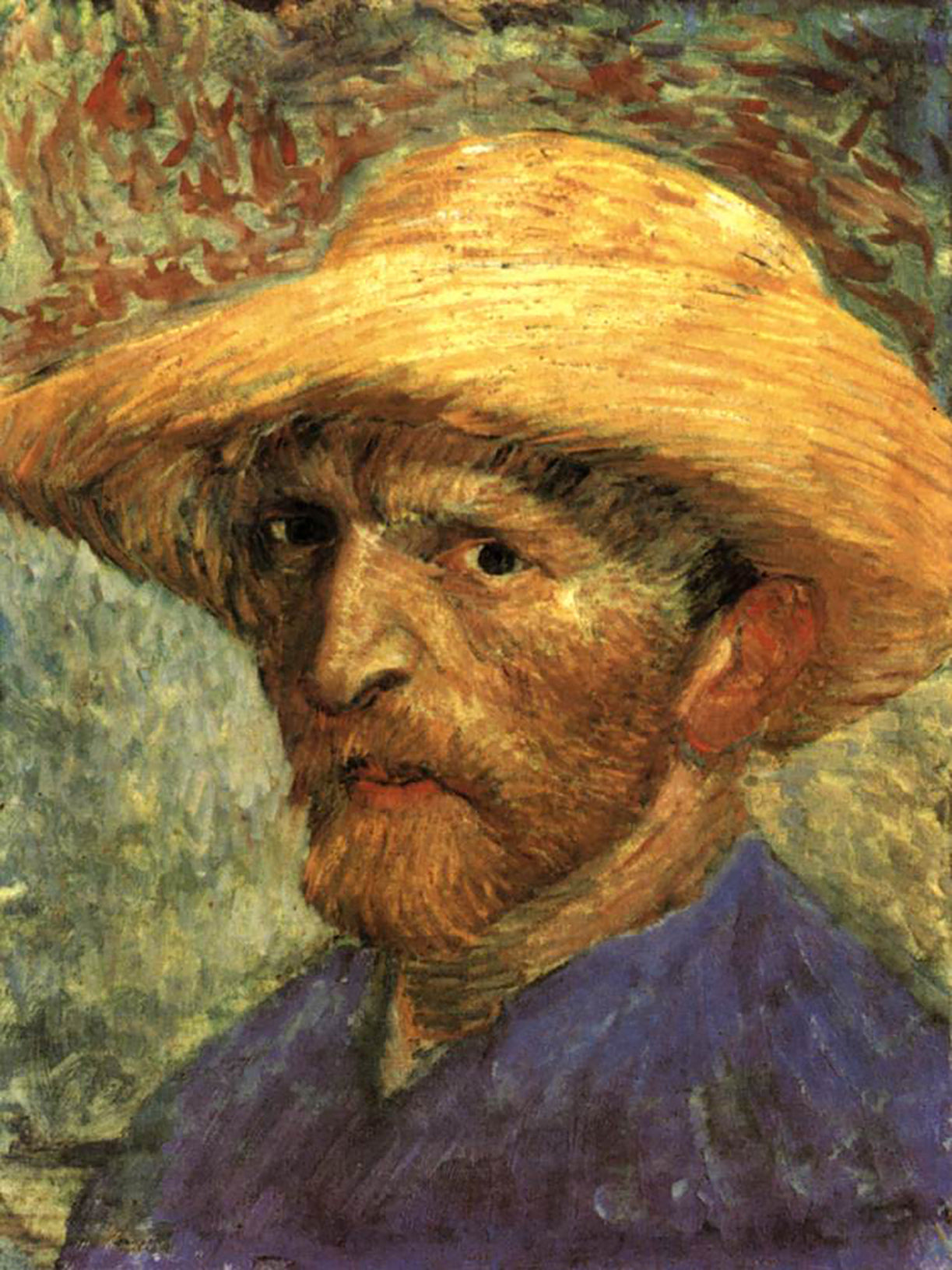
Source: Web Gallery of Art
Institute of Arts, Detroit
The Detroit Institute of Arts, located in Michigan, has one of the greatest and most important art collections in the United States. When Van Gogh moved to Paris between 1886 and 1888, he started to use lighter colors under the influence of the bright colors of the Impressionists. His experience in Paris was a joyful one, and this light-hearted self-portrait created during the summer of 1887, is the best representation of this!
5. Self-Portrait | Spring 1887, Paris
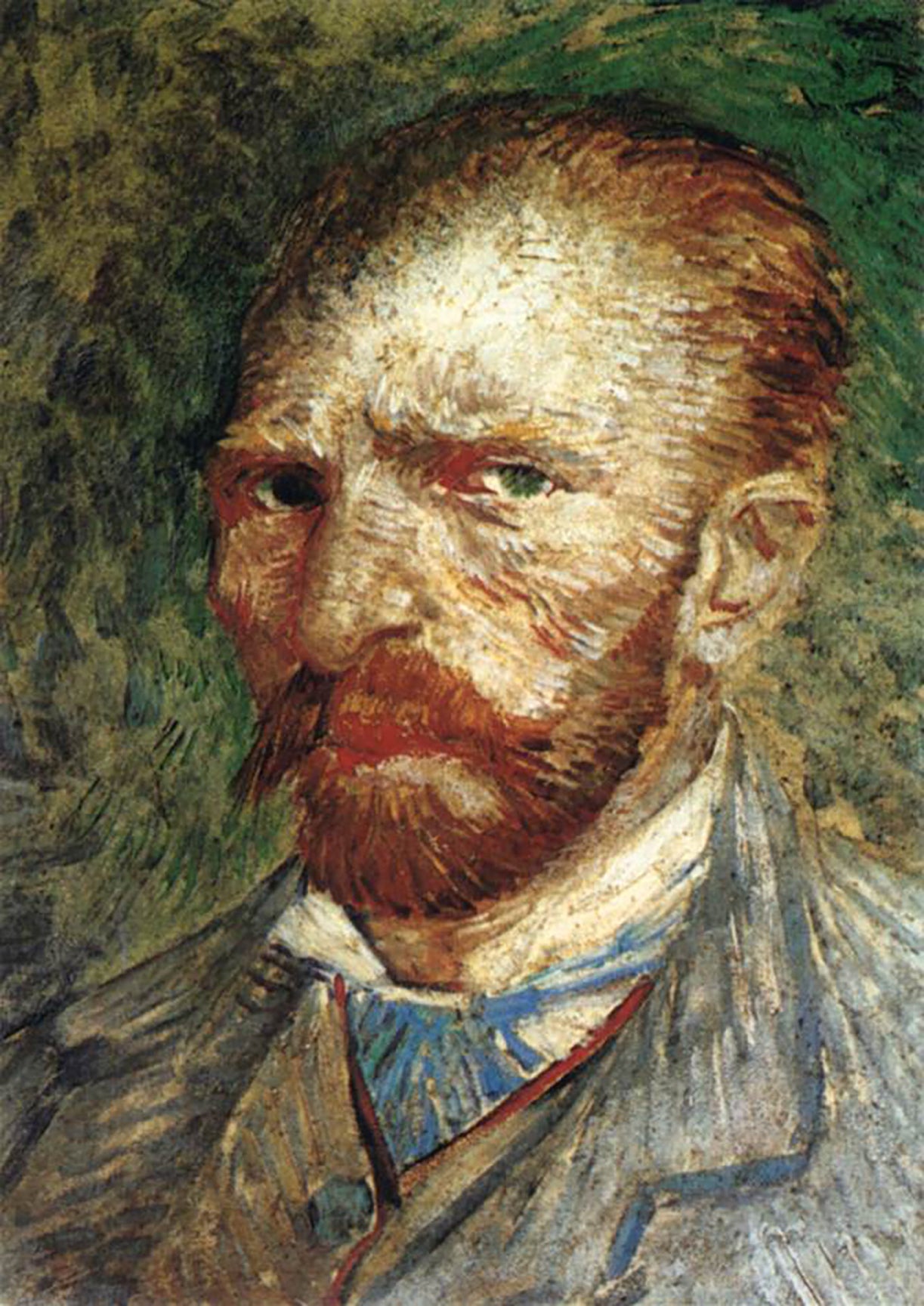
Rijksmuseum Kröller-Müller, Otterlo
This self-portrait is collected by the Kröller-Müller Museum, which has the second-largest Van Gogh collection in the world, with almost 90 paintings and over 180 drawings. The Van Gogh Gallery exhibits selections of about 40 artworks by Vincent van Gogh. In addition, you will find masterpieces by modern masters such as Pablo Picasso, Georges Seurat, Claude Monet, and Piet Mondrian.
6. Self-Portrait | Autumn 1887, Paris

Musée d'Orsay, Paris
The Musée d'Orsay museum is located in Paris, France, houses the largest collection of impressionist and post-impressionist masterpieces in the world, by painters including Monet, Degas, Cézanne, Gauguin, and Van Gogh.
With over 36 self-portraits, Vincent van Gogh often used himself as a model in his short-lived artist career. In one of his letters to his sister, Van Gogh says, "I am looking for a deeper likeness than that obtained by a photographer." To his brother, Van Gogh wrote, "People say, and I am willing to believe it, that it is hard to know yourself. But it is not easy to paint yourself, either. The portraits painted by Rembrandt are more than a view of nature, they are more like a revelation".
7. Self-Portrait | September 1888, Arles
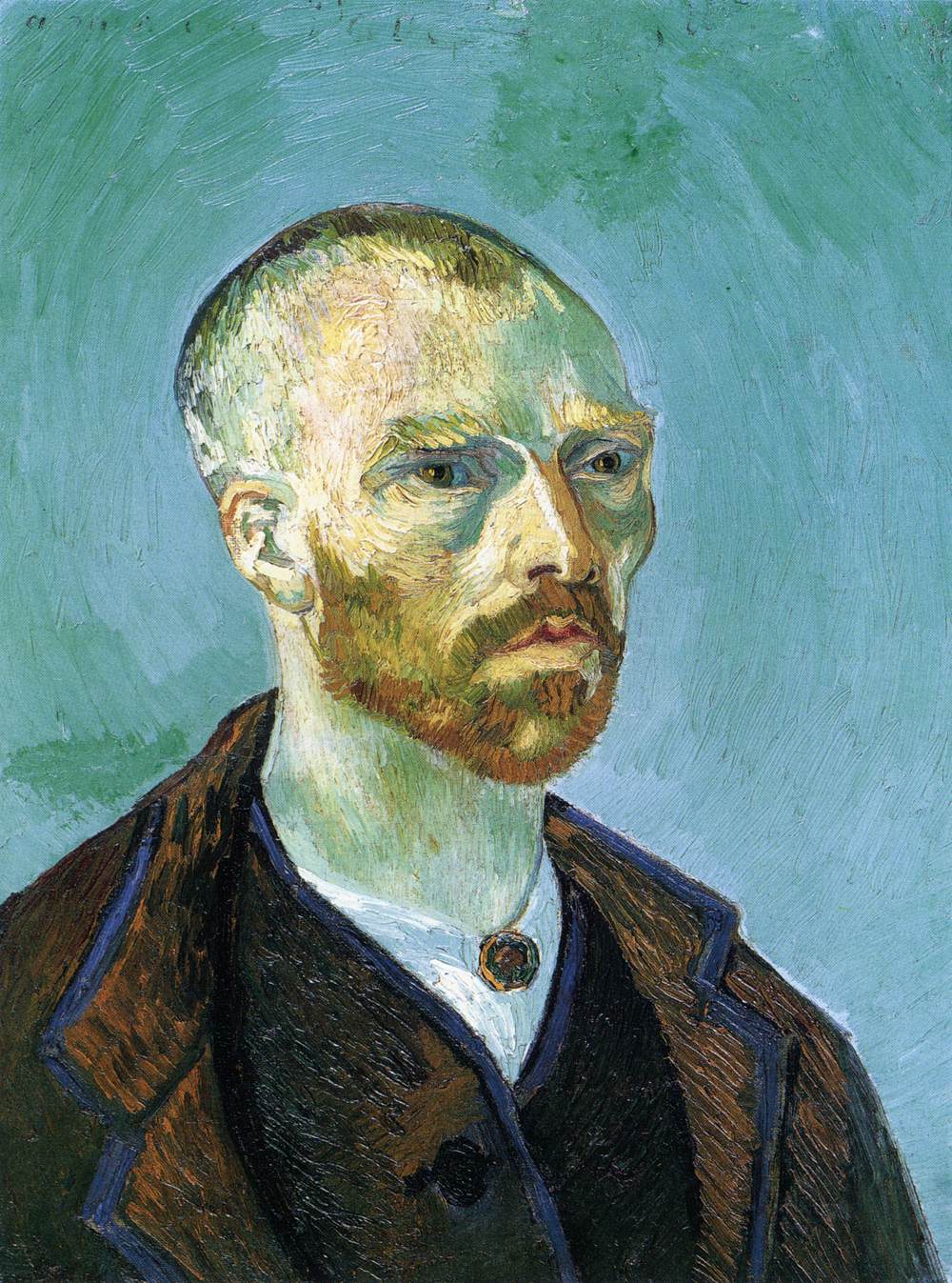
Fogg Art Museum, Harvard University, Cambridge
Fogg Art Museum is Harvard's oldest museum, featuring American & European art from the Middle Ages to the present day.
“Van Gogh inscribed this painting ‘To my friend Paul Gauguin,’ and sent it to him. He described the process of creating his arresting likeness in several letters to his brother Theo, an art dealer in Paris, explaining how he manipulated his features in response to Japanese prints, changed the contours of his jacket for coloristic effect, and painted the background “pale veronese green” without any shadows. Shortly after he sent the work to Gauguin, however, their friendship deteriorated, and Gauguin sold it for three hundred francs.”
— Fogg Art Museum
8. Self Portrait | November-December 1888, Arles
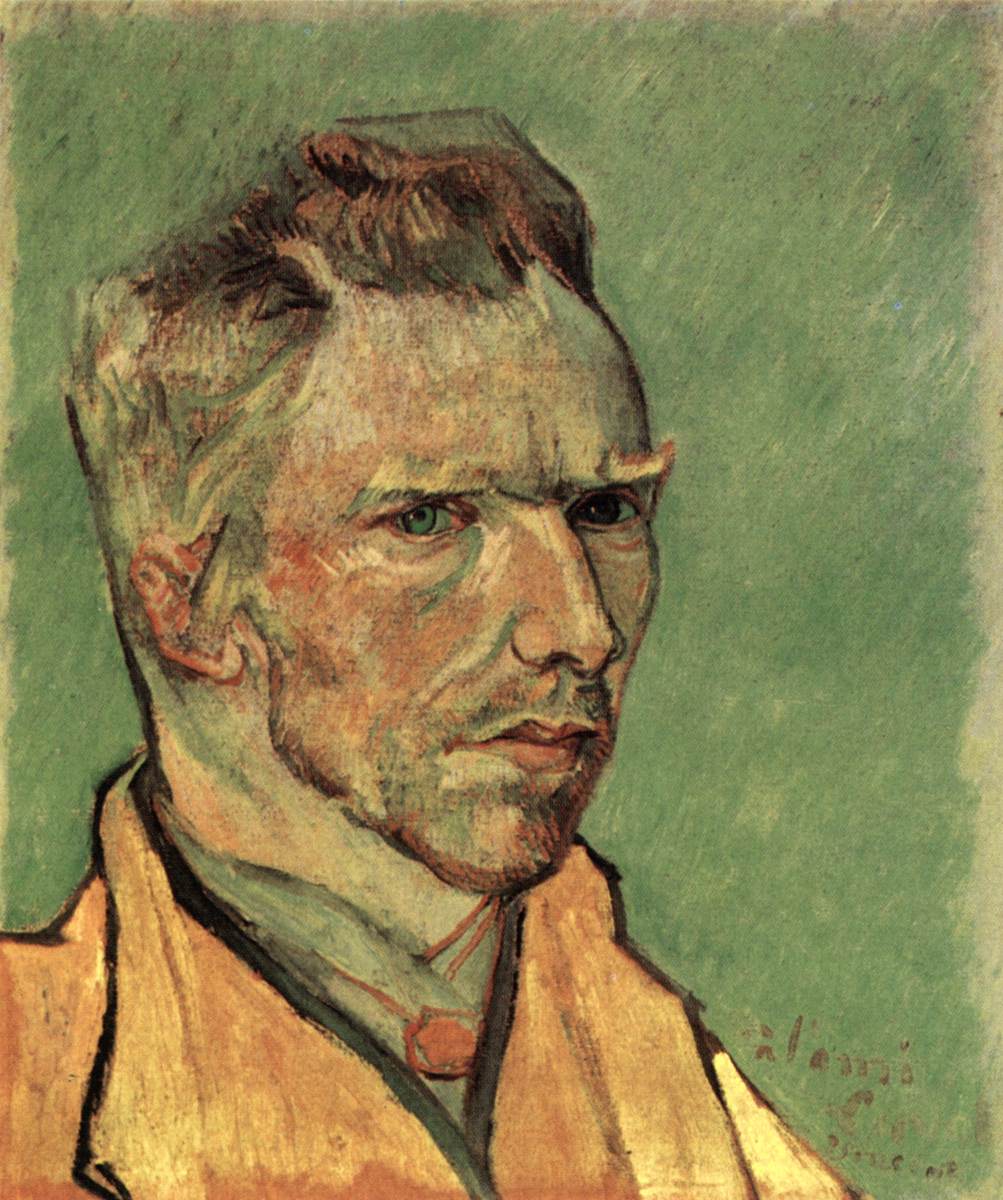
Metropolitan Museum of Art, New York
The Metropolitan Museum of Art, located in New York City, is the largest art museum in the United States. It was the second most visited art museum in the world in 2016.
In this self-portrait, you can see Van Gogh’s use of Neo-Impressionist technique and color theory! It is one of several paintings that are created on the reverse of an earlier peasant study.
9. Self-Portrait with Bandaged Ear | January 1889, Arles
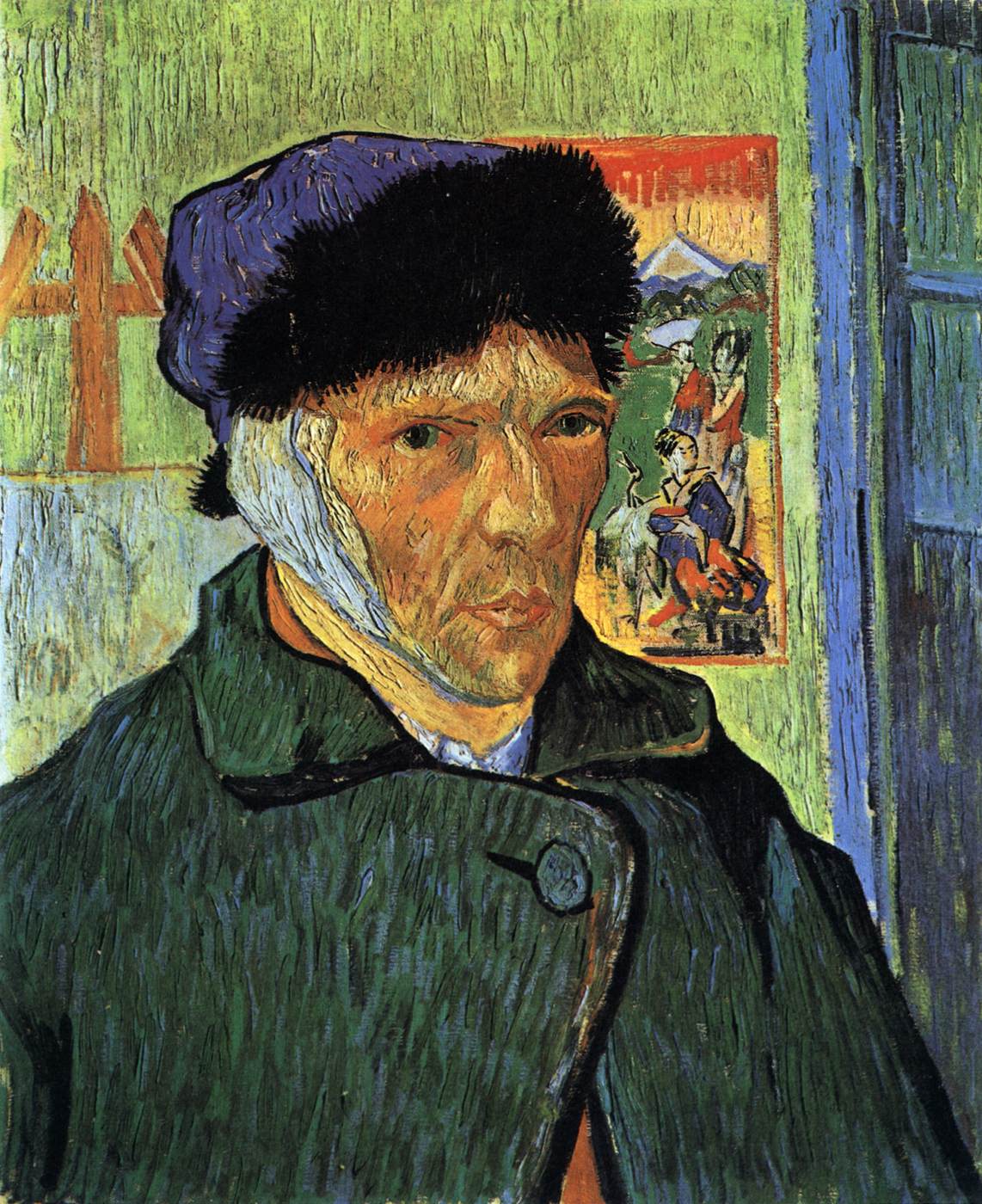
Courtauld Gallery, London
The Courtauld Gallery is an art museum in central London. It houses the art collection of the Courtauld Institute of Art, a self-governing college of the University of London specializing in the study of the history of art.
“This self-portrait was painted shortly after Van Gogh returned home from hospital having mutilated his own ear. The prominent bandage shows that the context of this event is important. On the left, a blank canvas suggests that there is more work to come from this artist, as indeed there was, and a Japanese print on the right relates to an area of great artistic interest for him.”
— Courtauld Gallery
10. Self-Portrait | September 1889, Saint-Rémy

Musée d'Orsay, Paris
Last but not least, one of the world’s most loved Van Gogh self-portraits.
“In this head-and-shoulders view, the artist is wearing a suit and not the pea jacket he usually worked in. Attention is focused on the face. His features are hard and emaciated, his green-rimmed eyes seem intransigent and anxious. The dominant color, a mix of absinthe green and pale turquoise finds a counterpoint in its complementary color, the fiery orange of the beard and hair. The model's immobility contrasts with the undulating hair and beard, echoed and amplified in the hallucinatory arabesques of the background.”
— Musée d'Orsay Museum
Leave a comment
Comments will be approved before showing up.
Also in News

Turning Back Time on Turner - An Arius Technology Digital Restoration Prototype

The Art of Insuring Art: A Practical Guide for Insuring Your Art Collection
